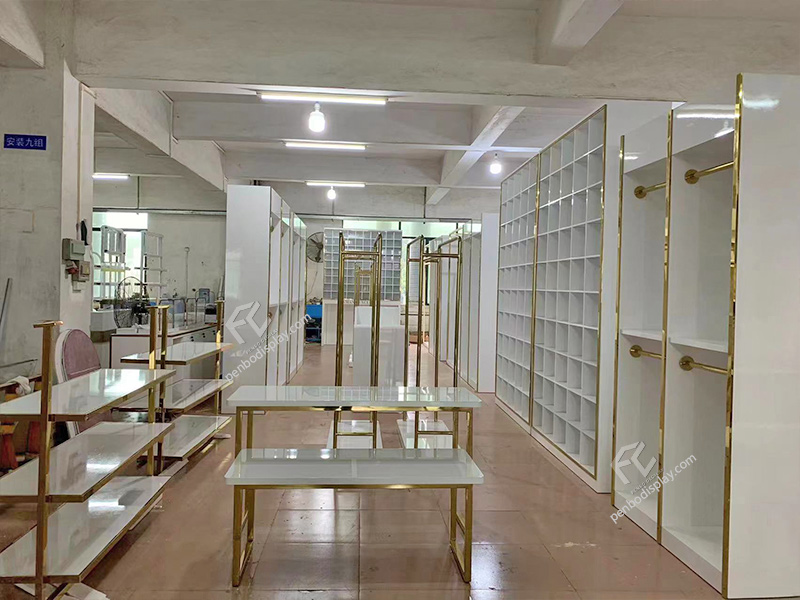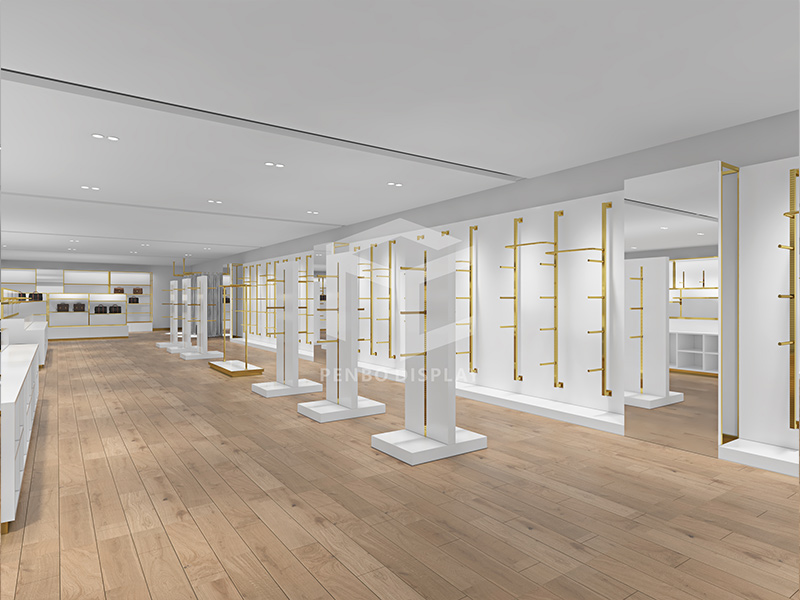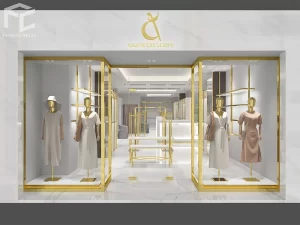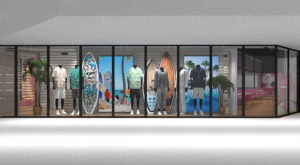Keeping your clothing store’s design on-trend is crucial for attracting customers and enhancing their shopping experience. As we move through this year, several key design trends have emerged that are shaping the way retailers think about the layout, aesthetics, and functionality of their spaces. Here’s a look at the top five trends in clothing store design for this year:
Related:How to Open a Clothing Store in 2024: A Step-by-Step Guide?
1.Sustainability and Eco-Friendliness
As consumers become increasingly environmentally conscious, they expect the same from the brands they support. This year, sustainable design is not just a trend—it’s a necessity. Retailers are incorporating eco-friendly materials like reclaimed wood, bamboo, and recycled metal and glass into their store designs. Additionally, green living elements such as vertical gardens or installations of air-purifying plants are becoming popular, serving both aesthetic and practical purposes by enhancing air quality and store ambiance.
2.Experience-Driven Spaces
Today’s shoppers are looking for more than just a transaction; they want an experience. Retailers are transforming their stores into hubs of activity and interaction. This includes creating multi-functional spaces that can host events, pop-up shops, and social gatherings. Design elements might include movable display fixtures to easily change the layout, comfortable seating areas for relaxation, and technology zones for interactive experiences.
3.Minimalist Designs with Bold Accents
Minimalism continues to dominate, reflecting a clean, organized approach that highlights the products without overwhelming customers with visual clutter. However, this year sees the trend evolving to include bold accent features—such as a striking wall mural, vibrant color blocks, or dramatic lighting fixtures—that attract attention and create focal points. These elements are used sparingly to add a pop of interest and draw customers deeper into the store.

4.Advanced Technological Integration
Integrating technology into the retail environment is becoming increasingly sophisticated. This includes the use of augmented reality (AR) to try clothes on virtually, digital kiosks for browsing inventory, and personalized mobile notifications sent to customers as they shop. Furthermore, smart mirrors and RFID (radio-frequency identification) technology enhance the shopping experience by providing interactive fitting rooms and efficient inventory management.
5.Local Inspiration
There’s a growing trend to incorporate local culture and elements into store designs. This can mean using local art and craftsmanship in the decor, referencing historical or cultural aspects of the location in the design, or collaborating with local artists for unique store elements. This approach not only strengthens community ties but also gives the store a unique identity that resonates with local shoppers.
Implementing These Trends
To implement these trends effectively:
– Partner with sustainable suppliers for eco-friendly materials.
– Design flexible spaces that can adapt to different uses.
– Invest in quality technology that enhances the customer experience without becoming obtrusive.
– Engage local artists and craftsmen to bring authenticity and uniqueness to your design.
Related:How to Design and Decorate Your Clothing Store?
Conclusion
Adapting these design trends can transform a standard clothing store into a dynamic, attractive, and enjoyable shopping environment. By staying current with design trends, retailers can not only increase foot traffic but also build stronger connections with their customers, encouraging loyalty and repeated visits. Remember, the goal is to create a space where customers feel engaged, comfortable, and inspired.




